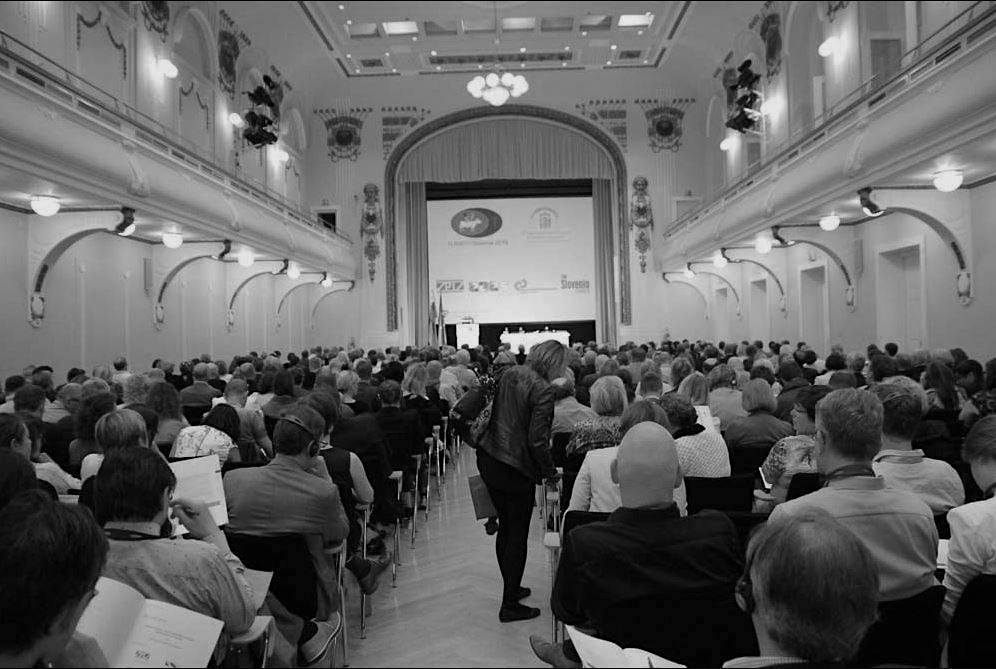EUMASS Regulated Conference
What is a Regulated Conference
At some conferences, it is important to know about the participants WHO, WHEN and HOW MUCH time they are present at the event. We are talking about regulated conferences. Certain professions need appropriate knowledge, either by acquiring it or by updating it in accordance with the law. Training and testing of knowledge is carried out by chambers, which grant licenses as a license to perform work. These licenses can be acquired and renewed through License Points or CPD (Continuing Professional Development). These professions include medicine, architecture, engineering, law, education, and sports coaches…
Why we developed RFID UHF towers?
In most developed countries around the world, certain regulated professions are defined by law: At these (regulated) conferences, 1 hour of attendance means 1 credit point. The problem we have noticed is that the time of participation in an individual lecture is not often checked, despite the law, which is supposed to ensure that an individual in a profession based on a license acquires sufficient knowledge, he then applies it to society. We were often given excuses not to check this seriously enough due to the crowds at the entrances to the lecture hall. So, due to technical limitations and “customer experience”, that there are no long lines and crowds in the control of the passages to the halls, they rarely do that, although they should. A similar answer is even more common at regular conferences, due to the crowds at the entrances to the halls. This was the main reason for the development of the RFID UHF tower, which automatically records the transition time of an individual.
Solution in use
The first reference from the point of view of regulated conferences was the EUMASS conference (Congress of the European Association of Physicians in Insurance Medicine and Social Insurance), which was held in the European Association of Physicians in Insurance Medicine and Social Insurance), which was held in Ljubljana. For the client, we conducted an online registration for the participants and their companions, when each participant received a ticket after registration and payment, with which they could register at the event. Upon registration, he/she received an accreditation that contained an RFID UHF chip through which we could track attendance. When an individual walked past an RFID UHF tower, the individual was recorded. Everyone present at least 80% of the time automatically received an electronic survey/test at their email address. The questions were known, so the type of exam was closed. Points were earned based on performance on the test.

RFID UHF towers have justified their task, there has never been a crowd due to gate control (recording the time of entry and the time of exit). What did they gain from this:
- Organizers: fewer crowds, fewer employees (lower costs) than required for manual scanning at gateway control.
- Participants: less waiting and crowding and thus a better user experience.
- Lecturers: the exact number of attendees, time attendance, exact list of attendees.
Want to learn more about event attendee management and RFID UHF technology?
Click the button below to read more about our IDConference solution. We can help you create landing pages for the event, online registration and payment, monitor event attendees and “check-in”, detailed analysis and reporting, and much more.

